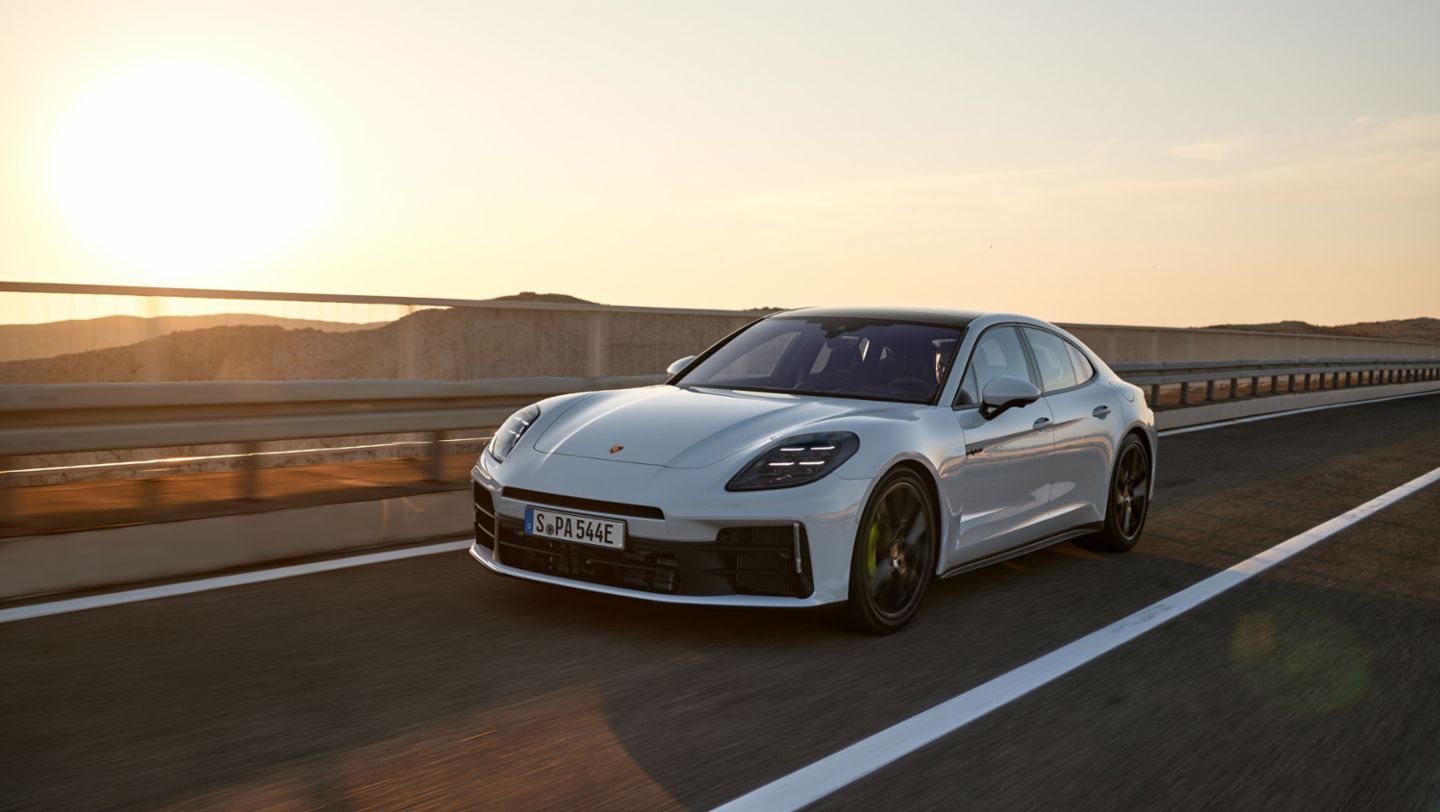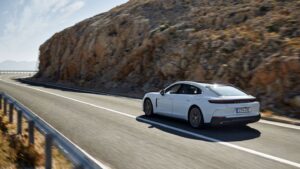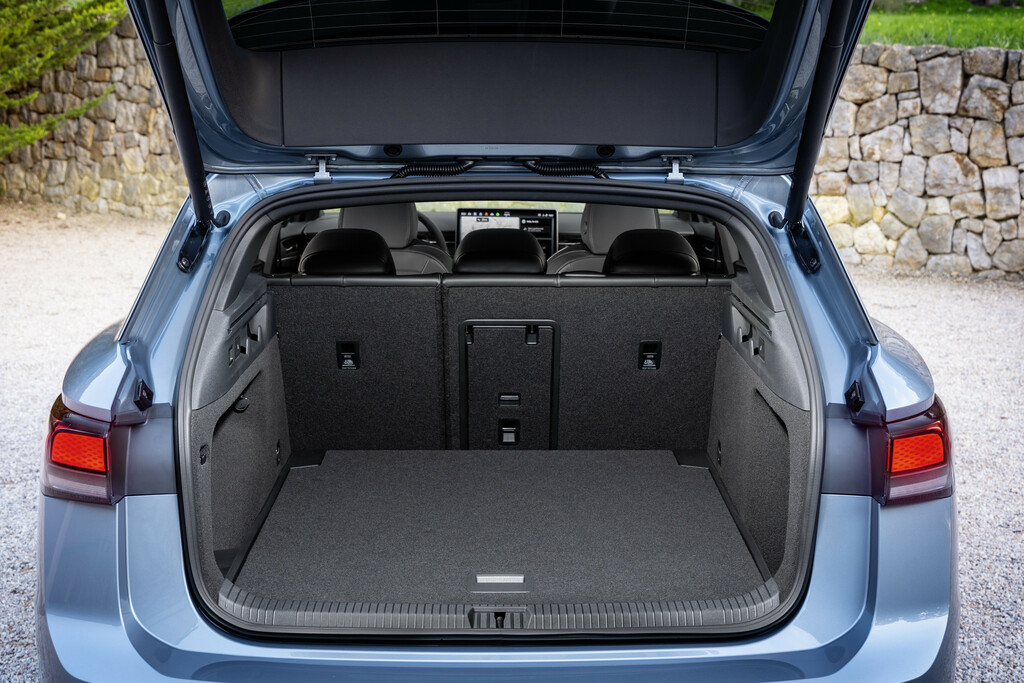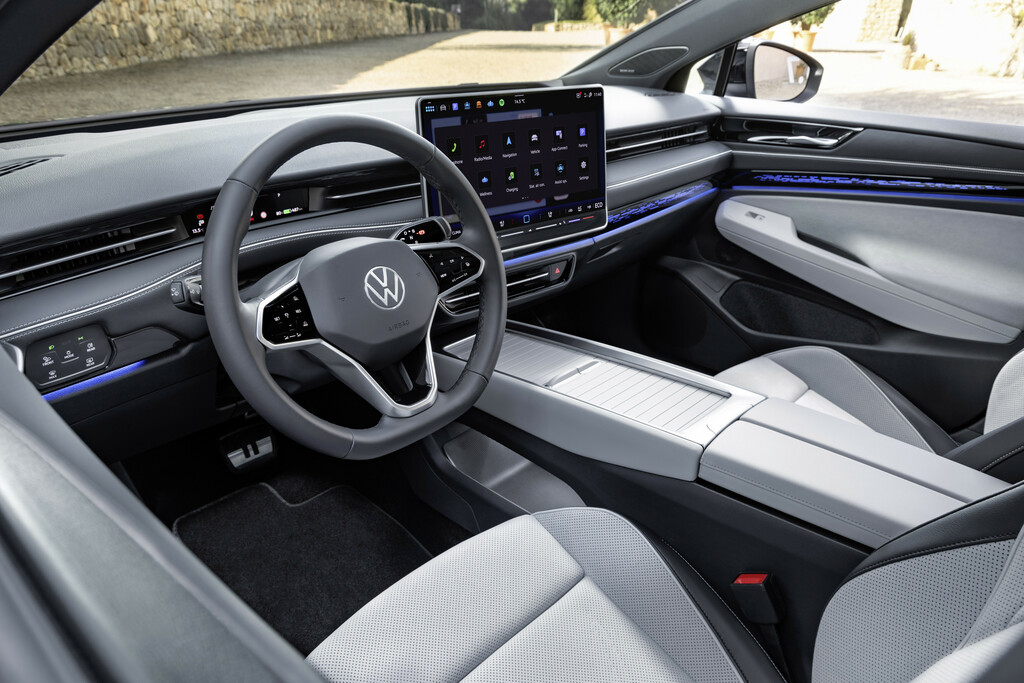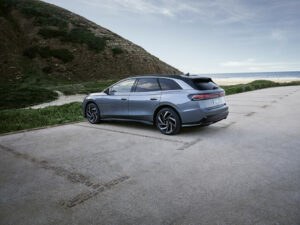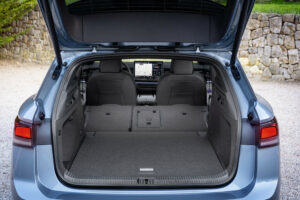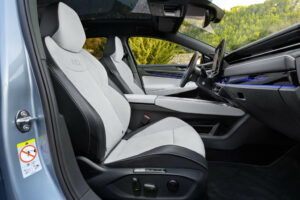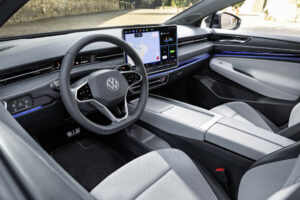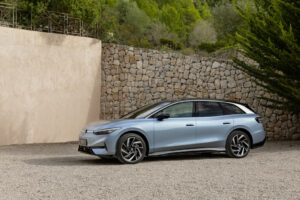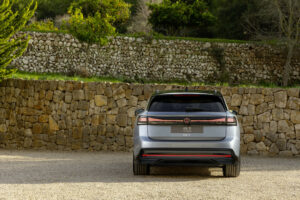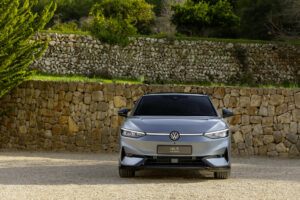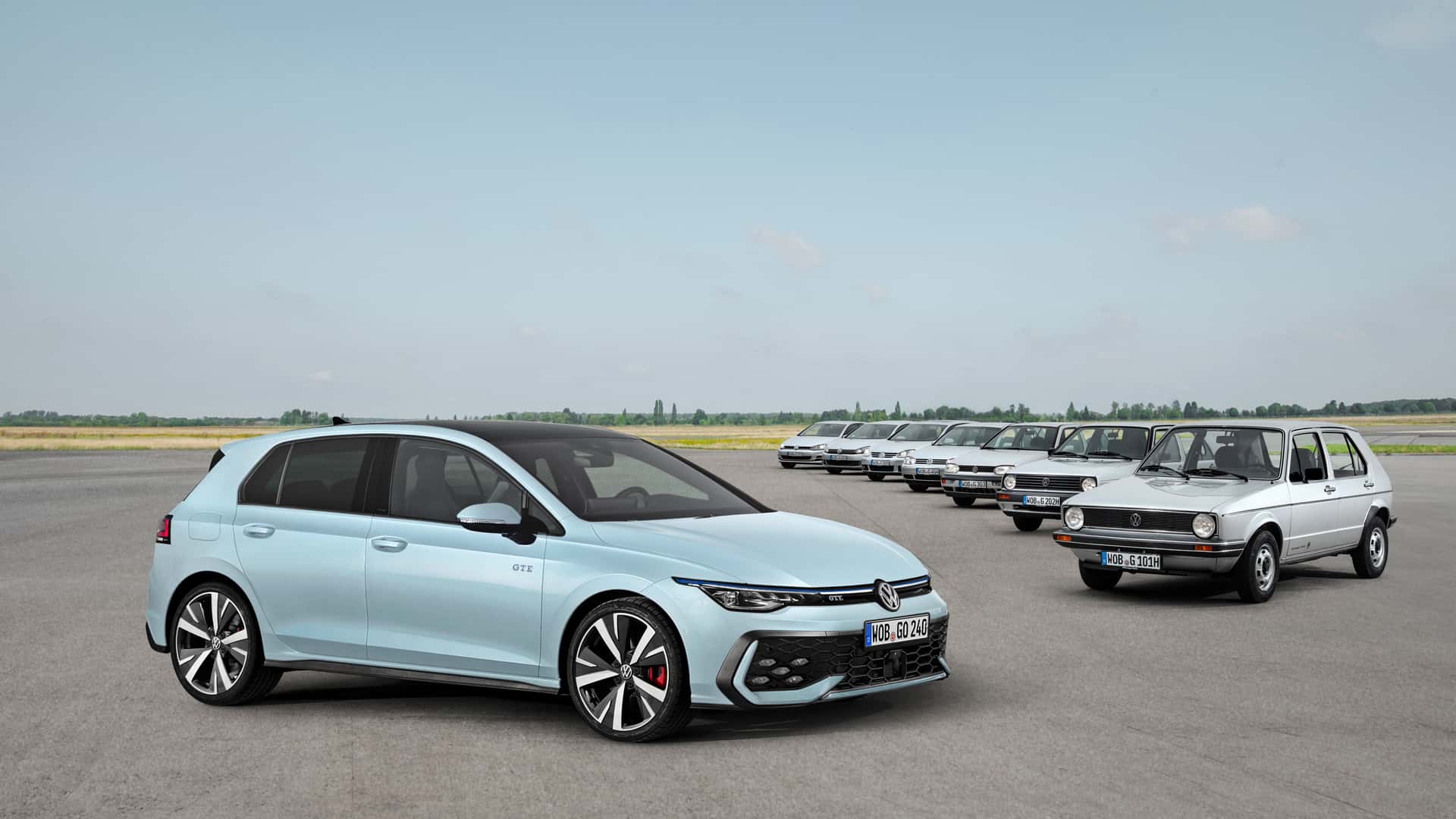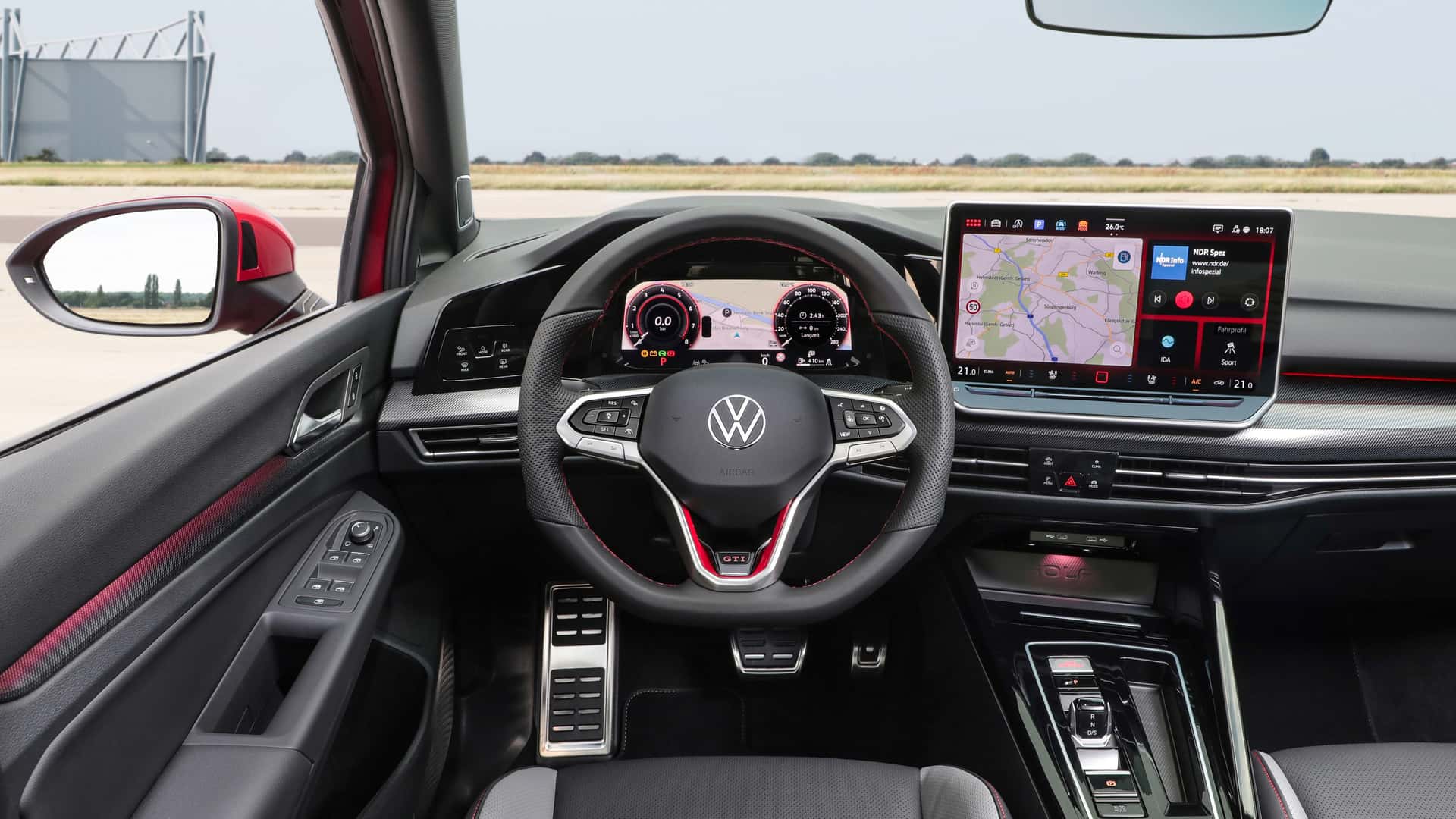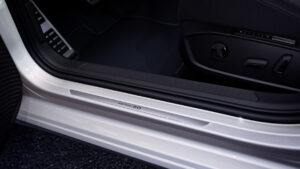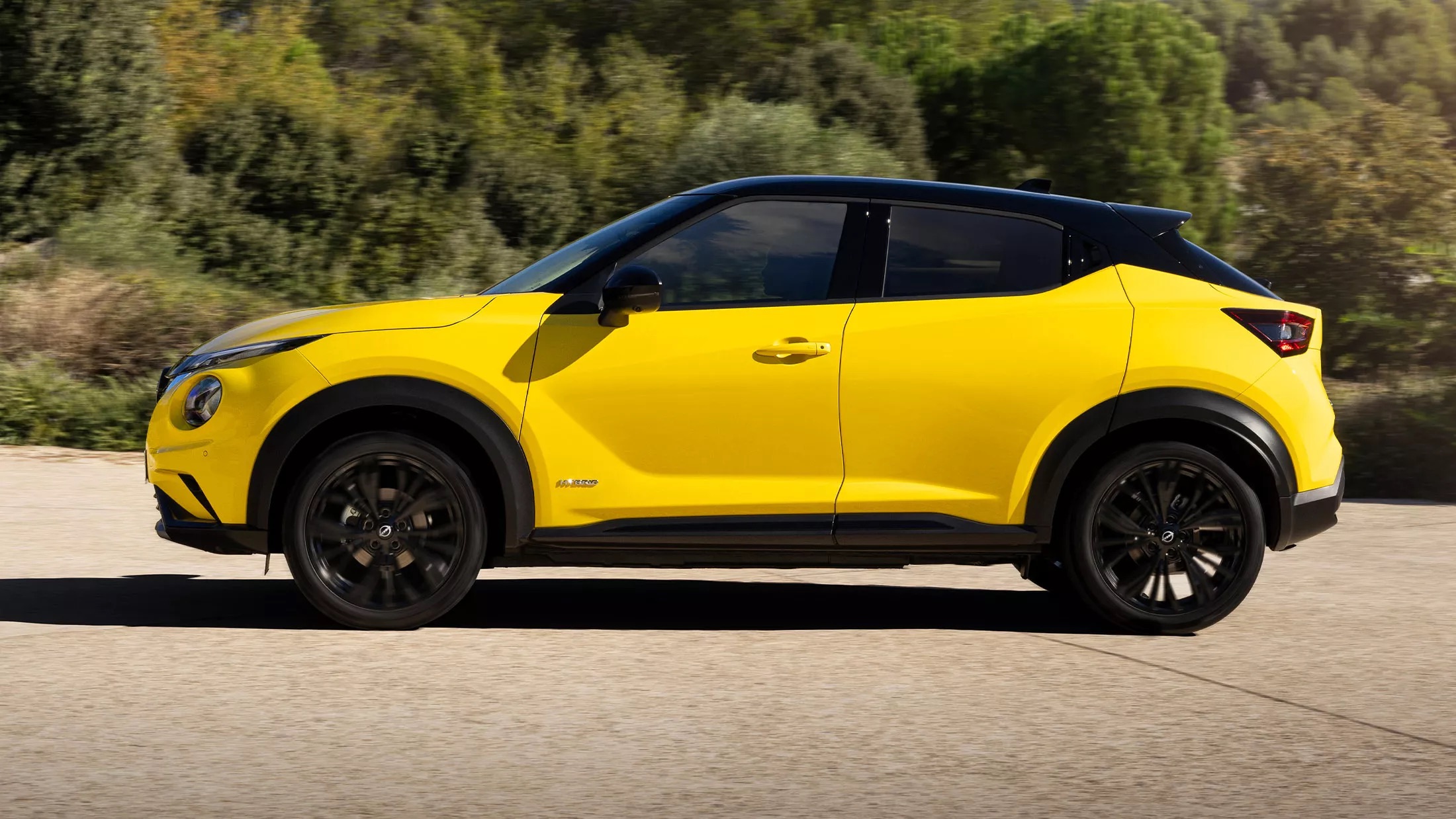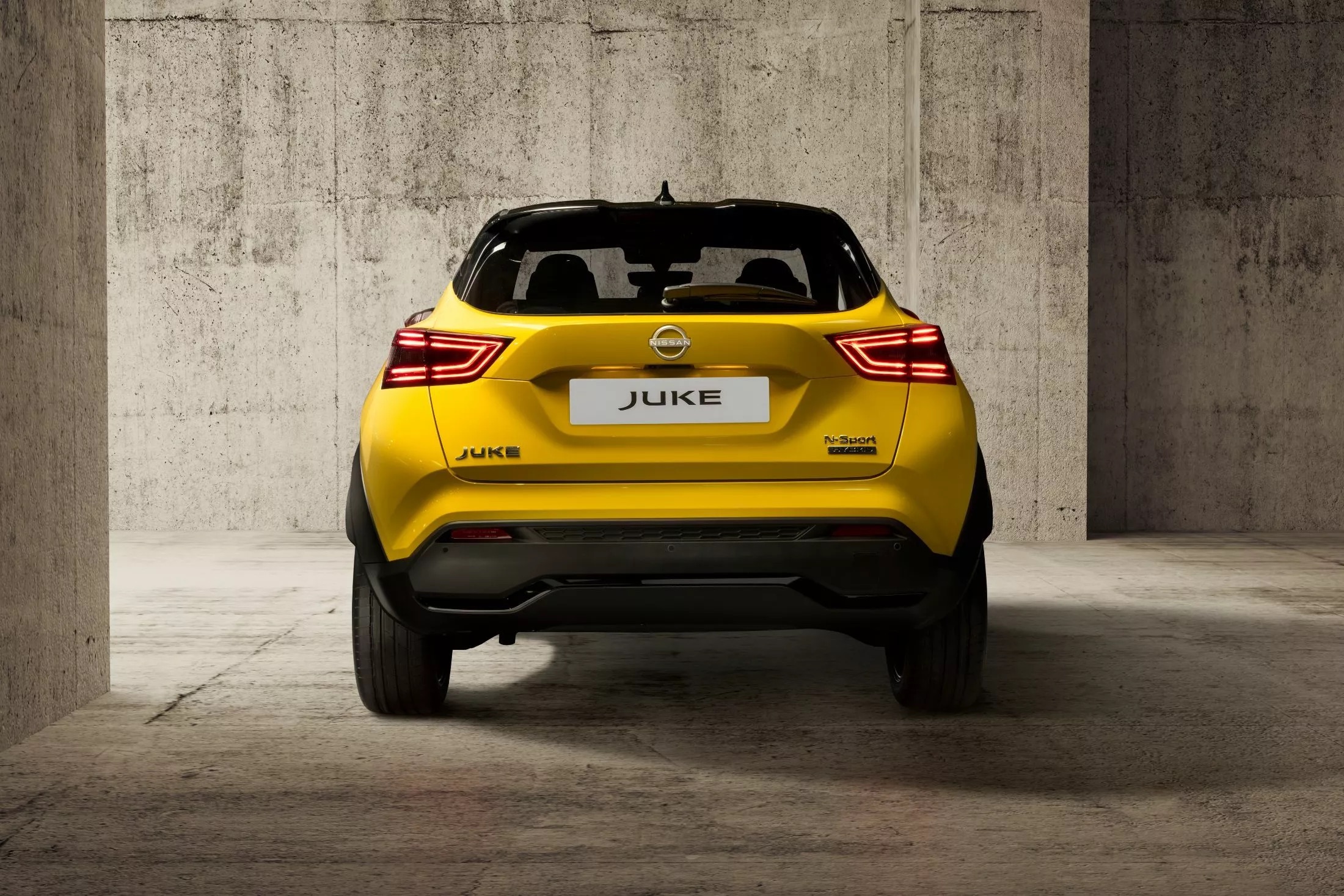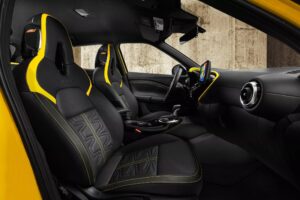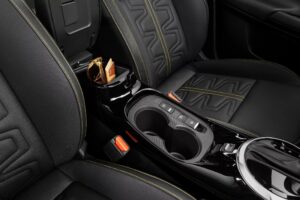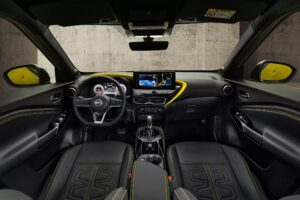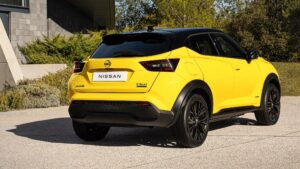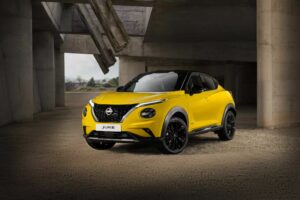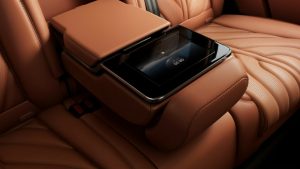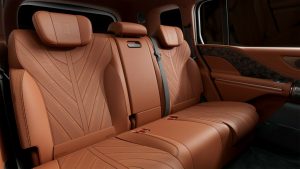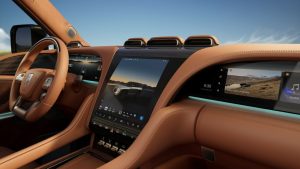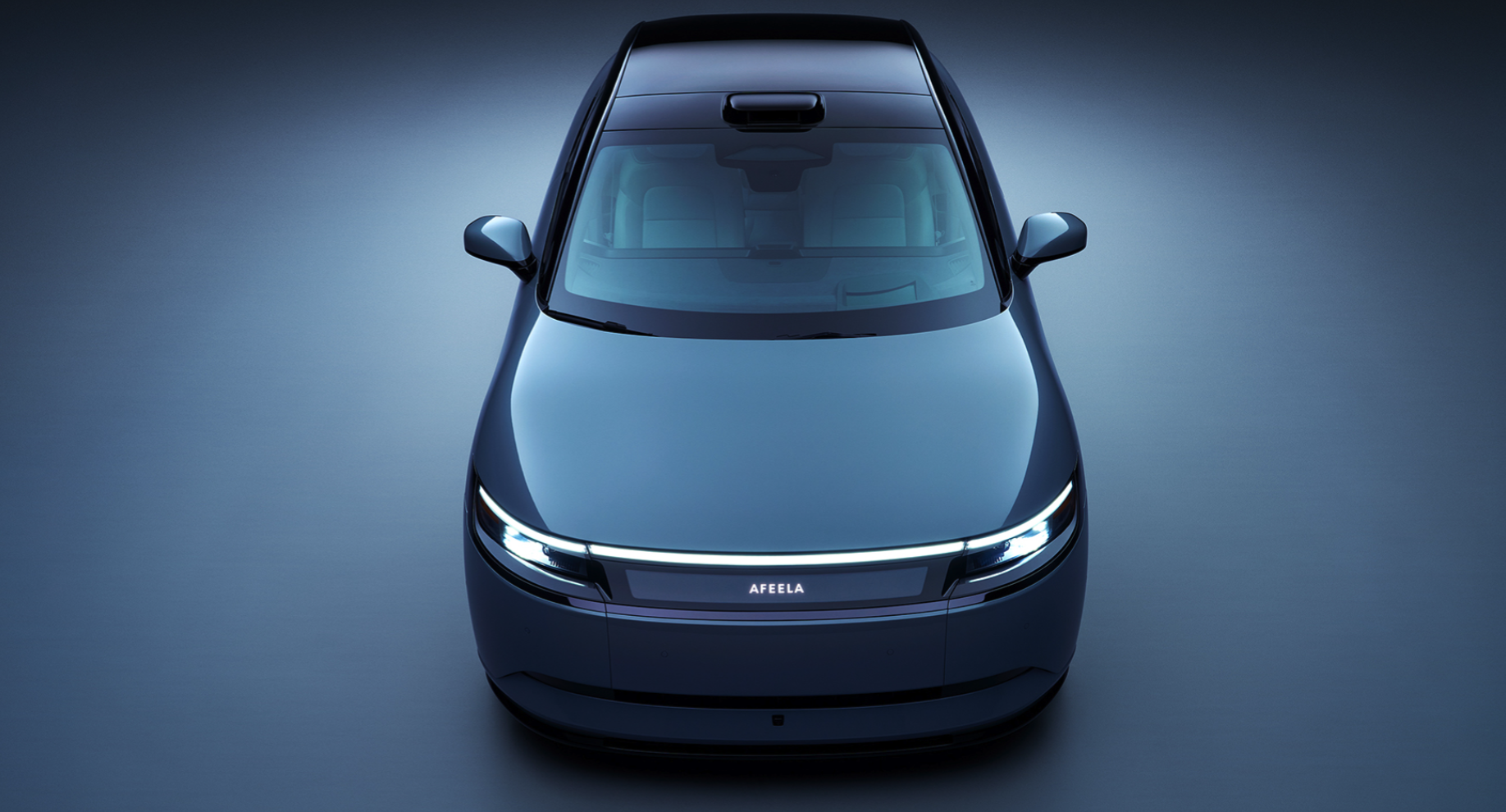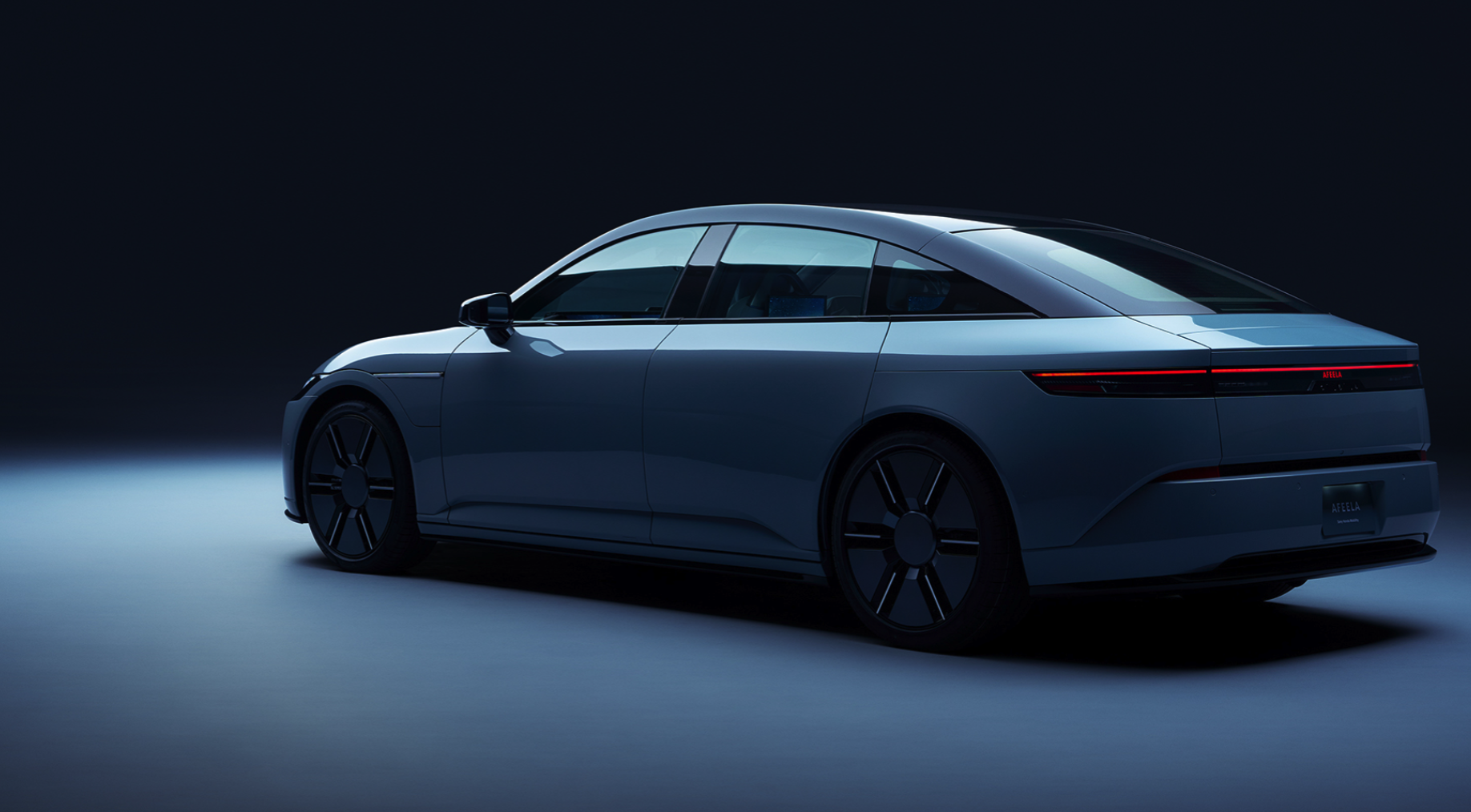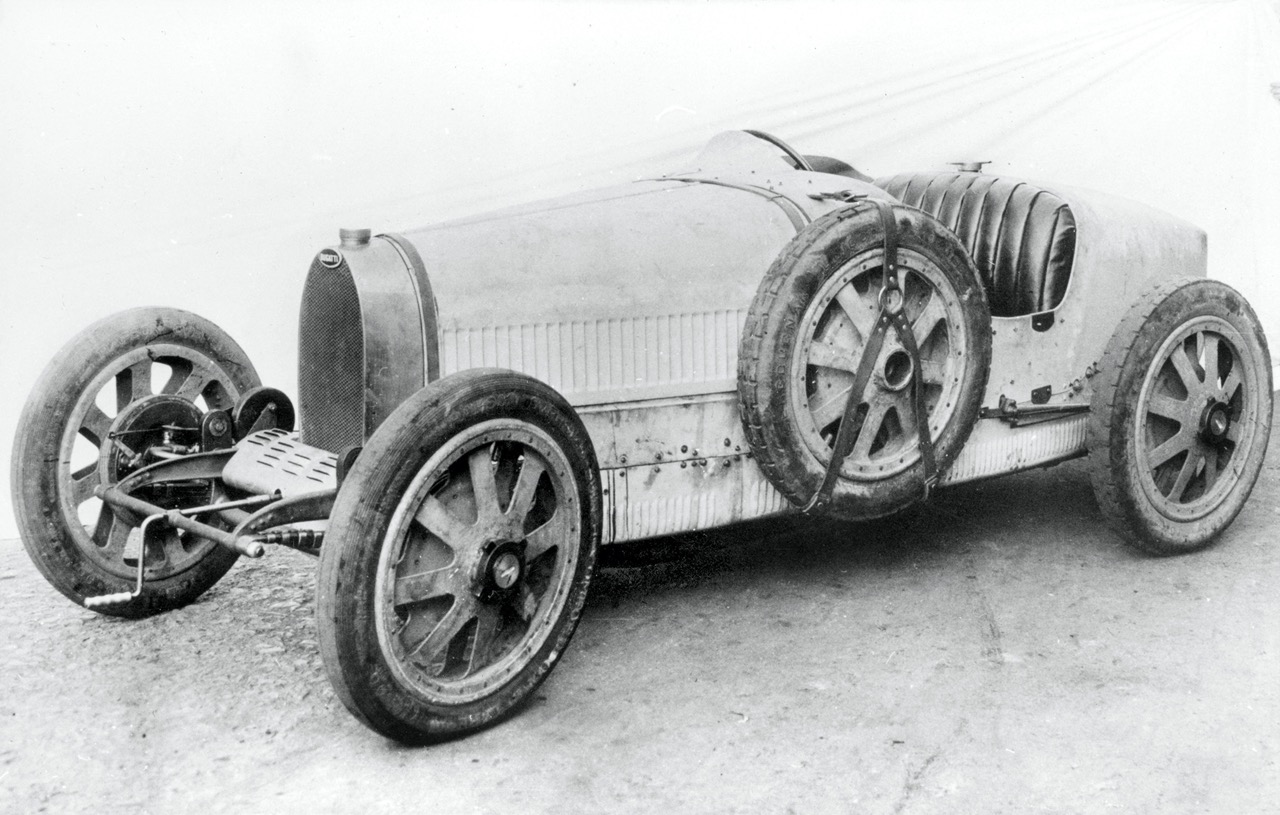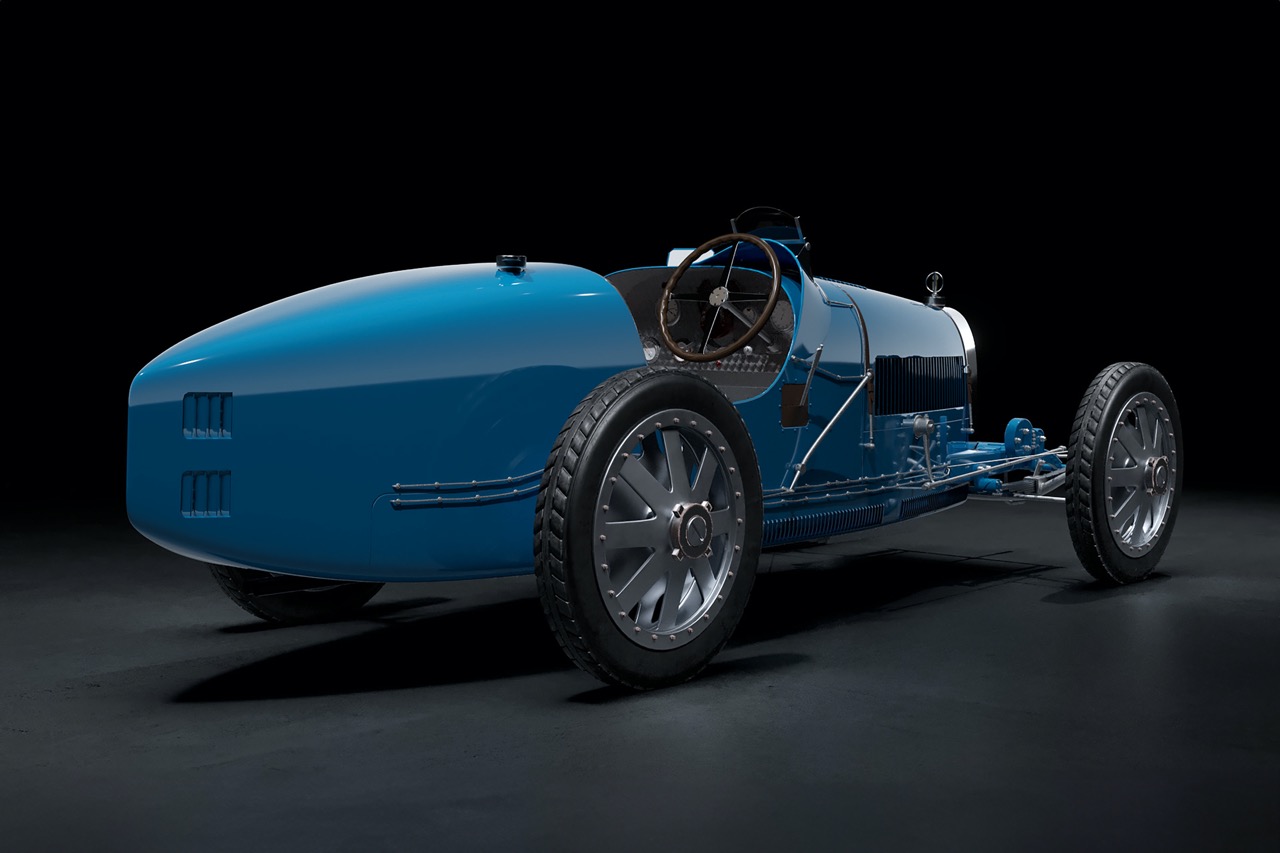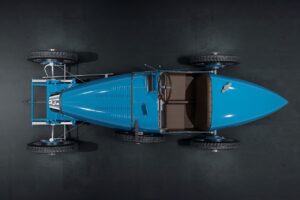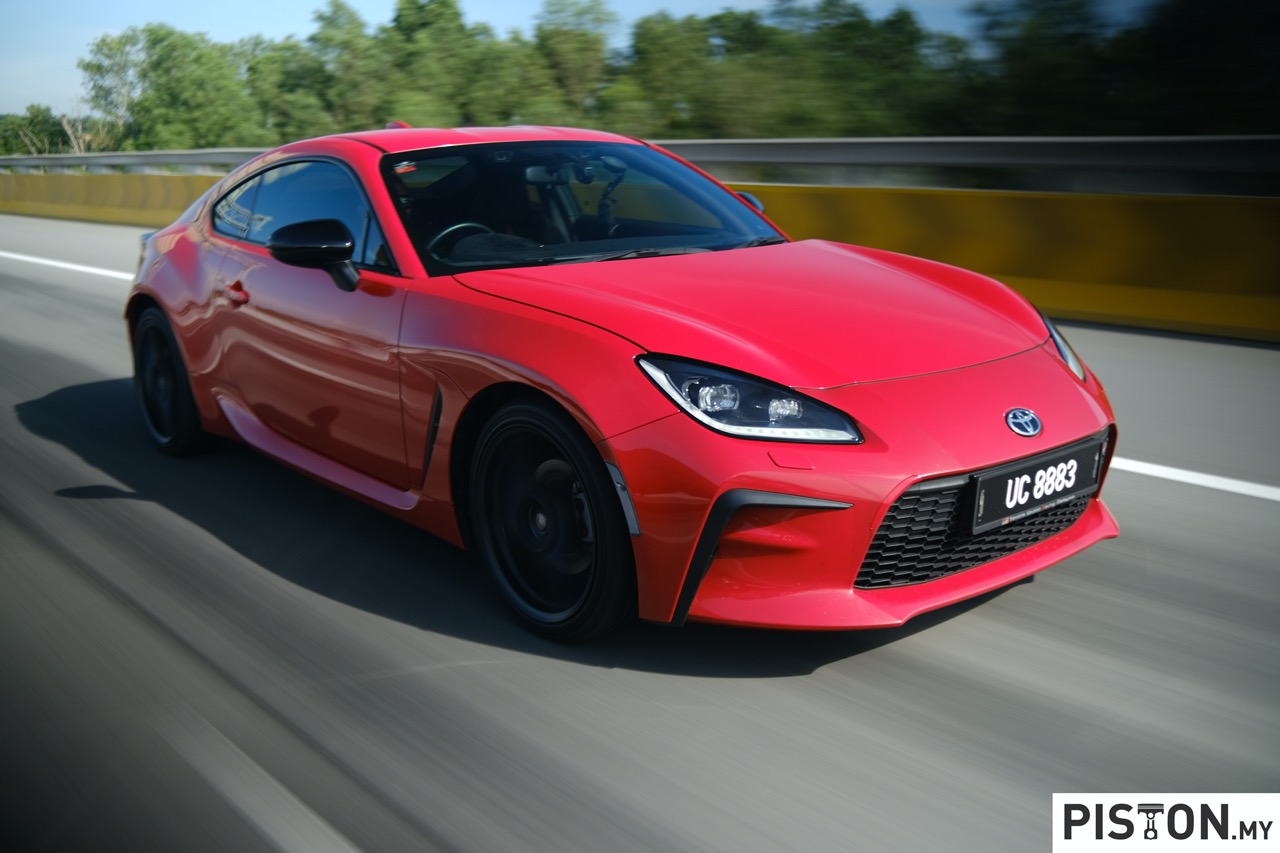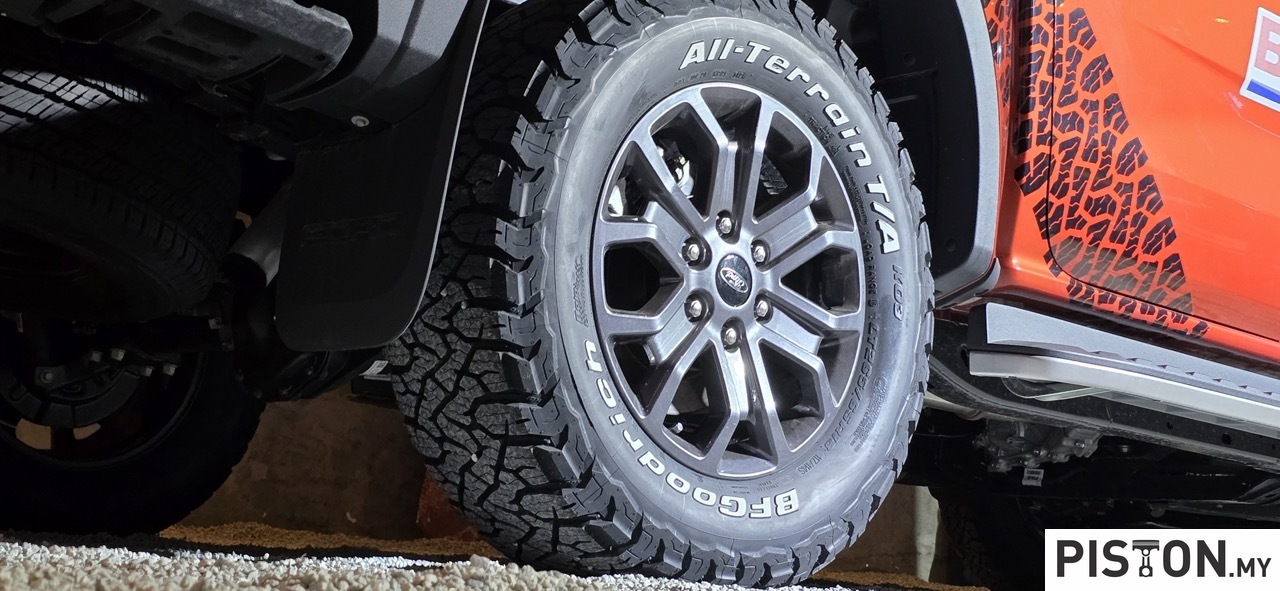Porsche introduced the latest iteration of the Panamera last year, featuring refreshed styling, an updated interior, and a power boost. Initially, Porsche showcased the base V-6 model and the top-tier Turbo E-Hybrid variant. Now, hybrid powertrains are expanding throughout the lineup, with the introduction of the Panamera 4 E-Hybrid and 4S E-Hybrid models.
The new E-Hybrid models are powered by a revised turbocharged 2.9-litre V-6 engine. While the V-6 generates 348hp in the non-hybrid base Panamera, the 4 E-Hybrid’s V-6 engine produces 300hp. However, when combined with the electric motor from the hybrid system, total output increases to 463hp and 649Nm of torque. This represents an 8hp increase over the outgoing model, and Porsche claims the 2024 model will accelerate to 100km/h in just 3.9 seconds.
The 4S E-Hybrid, on the other hand, utilises the full 348hp from the turbo V-6 engine. Paired with the electric motor, which delivers up to 187hp, the 4S E-Hybrid generates a robust total output of 536hp, with torque remaining at 750Nm of torque. Despite being down by 16hp compared to the old model, the 4S E-Hybrid still achieves a claimed 0-100km/h time of 3.5 seconds, with a top speed of 290km/h, 10km/h higher than the non-S model.
Both E-Hybrid models feature the same new battery as the Turbo models, with a 21.8-kWh capacity. Porsche states that the 11-kW onboard AC charger can recharge the battery in two and a half hours. The electric motor is integrated into the housing of the PDK transmission, sharing the same oil circulation, which contributes to weight savings.
The E-Hybrid models can operate in full electric mode until the battery reaches a certain level of charge, estimated to provide an EPA-rated electric range of around 50km. The Hybrid Auto mode blends the petrol engine and electric motor based on driving behaviour and navigation, while E-Hold mode preserves the battery level and E-Charge mode uses the engine to recharge the battery.
Standard features across all new Panameras include two-chamber air suspension with adaptive dampers. The E-Hybrid models can also be equipped with Active Ride, utilising hydraulic pumps to minimise body movements and maintain a level ride during spirited driving.
Visual distinctions between the models are subtle, with the Panamera 4 E-Hybrid featuring standard 19-inch wheels, black brake callipers, and the 4S E-Hybrid equipped with 20-inch wheels, red callipers, and silver tailpipes.
The new E-Hybrid models come at a premium, with the Panamera 4 E-Hybrid starting at $117,495 (RM563,682) and the 4S E-Hybrid priced from $128,795 (RM617,894). Orders are set to open at the end of March, with deliveries slated for this September.




